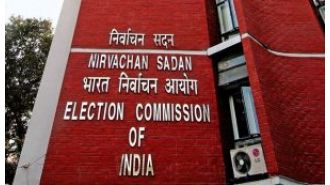In the intensely competitive process of admission to America’s selective universities, the advantage afforded legacy students is no small matter. One study that looked at admissions to elite colleges in 1997 estimated that legacy status afforded applicants an admissions boost equivalent to an added 160 points on the SAT. Another study, which looked at admissions to 30 highly selective institutions in 2007, concluded that legacy applicants were more than three times as likely to be admitted as their non-legacy peers. Because legacy students at these schools are more likely to be wealthy and white than non-legacy students, the very existence of legacy preferences limits access for high-achieving low- and middle-income students, and also for African American, Latino, and Native American students.
—Today, according to the economist Raj Chetty and his colleagues, a child without a college degree from a family in the lowest income quintile has only a 5 percent chance of moving to the highest quintile. But if that child graduates from one of America’s most selective universities, the odds of making that leap rise to 60 percent.






